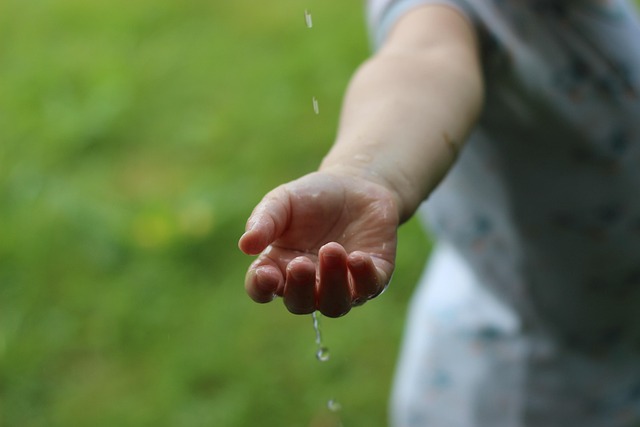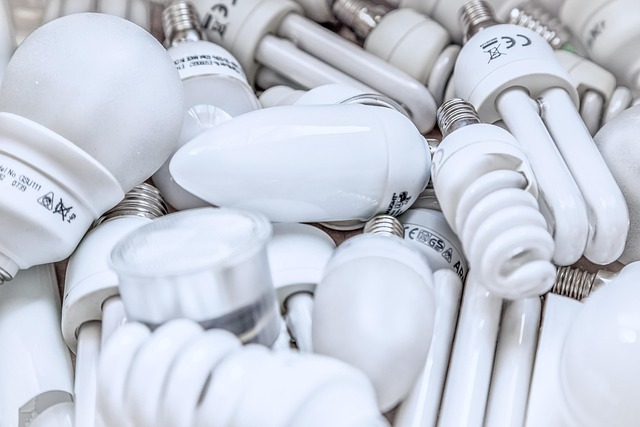As our planet continues to face unprecedented shifts, the decrease of water resources has emerged as a silent yet formidable adversary to environmental sustainability and climate stability. Water, the lifeblood of ecosystems, is dwindling in various regions due to factors such as climate change, over-extraction, and pollution. This reduction isn’t merely a statistical concern; it significantly exacerbates greenhouse gas emissions and contributes to environmental degradation.
When water resources decline, we witness an alarming ripple effect across various environmental facets. For instance, agriculture, which relies heavily on adequate water supply, becomes severely impacted. As crops fail due to lack of water, farmers are driven to use chemical fertilizers and pesticides more heavily to compensate, leading to increased emissions from these substances while simultaneously polluting nearby water bodies. The land becomes less productive, and in turn, the vicious cycle of environmental impact deepens.
The interaction between decreasing water resources and emissions is tangible. Industries that depend on water for manufacturing processes face challenges, often reverting to energy-intensive solutions that release more greenhouse gases into the atmosphere. Moreover, fossil fuel extractionis increasingly reliant on water, creating a paradox where the very resource we seek to conserve is being exploited for energy, further accelerating climate change.
Furthermore, the consequences of this water crisis extend to urban areas, compounding emission issues. With prolonged droughts in many regions, cities are often compelled to seek enhanced water solutions, leading to the energy-intensive desalination processes that consume vast amounts of power and emit significant levels of CO2. Consequently, urban populations find themselves caught in an unfortunate loop whereby the reduction of their essential resource results in higher emissions and greater environmental challenges.
The connection between the decrease of water resources and climate change is increasingly evident. As temperatures rise due to climate change, evaporation rates soar, leading to even lower water availability. The ensuing desperation can push nations to take drastic measures, sometimes igniting conflicts over water rights and further destabilizing regional security, which, ironically, leads to increased emissions from military activities. This is a haunting reminder of how closely interconnected our natural resources are with global emissions and environmental health.
Additionally, this loss of water isn’t just an environmental crisis; it’s a human one. Communities dependent on freshwater for drinking, sanitation, and livelihood face existential threats. As people are forced to migrate due to water scarcity, the implications on urban centers and their environmental footprint grow heavier. The influx of displaced persons strains resources, increasing pollution and emissions in cities that are already navigating their issues with sustainability.
It is crucial to address these alarming trends and develop strategies that advocate for water conservation, sustainable water management, and emission reductions. By implementing policies that emphasize efficiency and the protection of our water bodies, we can mitigate the repercussions of decreased water resources. Industries must be encouraged to seek technologies that lower their water usage while maximizing energy efficiency, thereby not only supporting sustainable practices but also reducing their carbon footprint.
Individual actions can also aggregate to influence significant change. Adopting water-saving techniques at home, supporting policies that encourage conservation, and raising awareness about the importance of our dwindling water resources can position each one of us as a proactive participant in combating both water scarcity and emissions.



